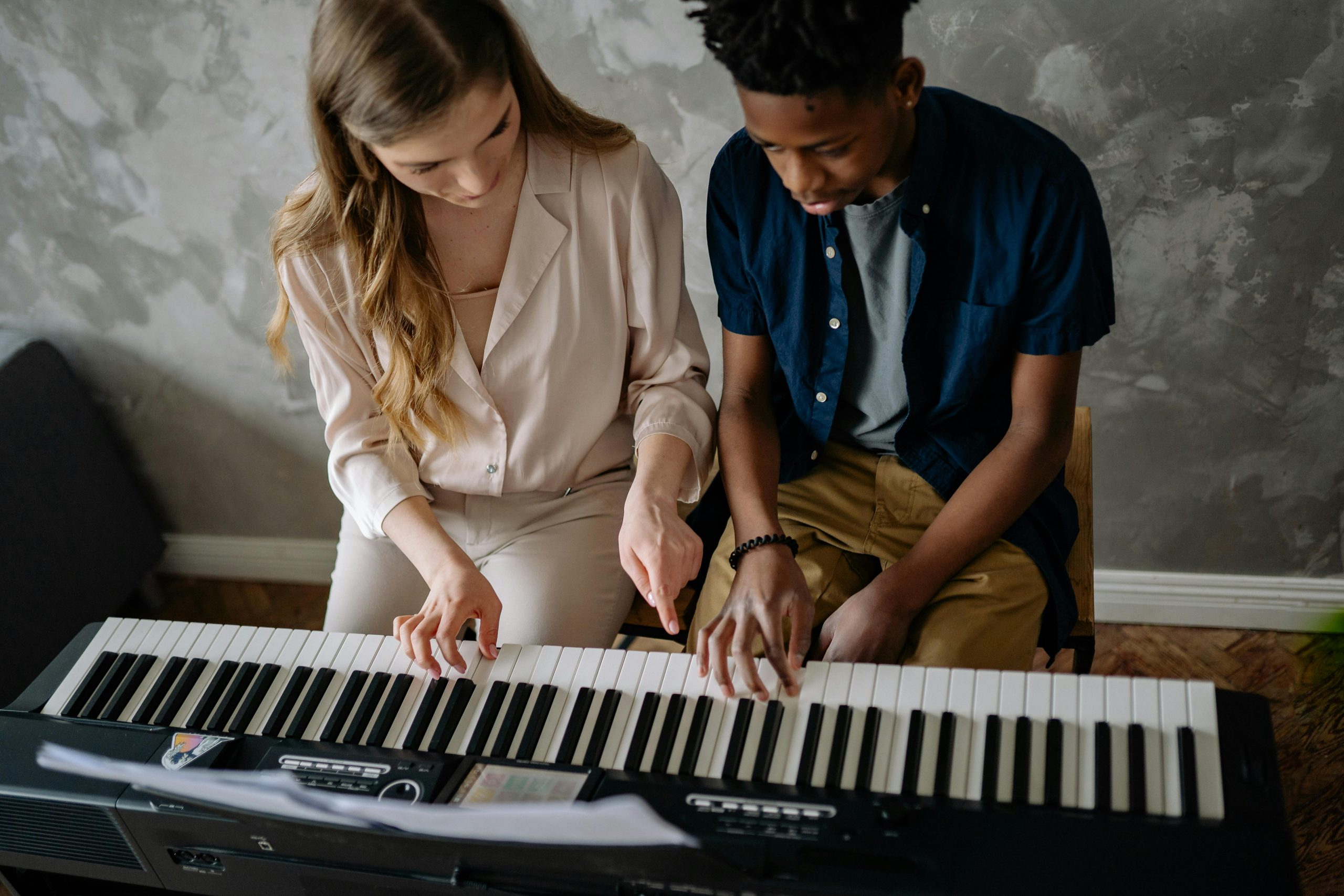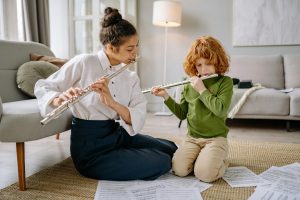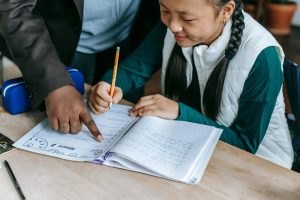Using Music and Art to Strengthen Student Memory
Student memory is a fundamental aspect of learning and retaining information in the educational setting. As teachers and educators, it is crucial to understand that every student has a different way of learning and retaining information. While some may excel in traditional teaching methods, others may need alternative approaches to enhance their memory and understanding. This is where the integration of music and art can play a significant role in strengthening student memory.
Integrating Music in Classroom Learning
Music and learning have been intertwined for centuries. From nursery rhymes to educational songs, music has always been used as a tool to help children learn and retain information. Recent studies have shown that music can stimulate the brain and improve cognitive functioning, memory, and learning abilities.
In a classroom setting, music can be used in various ways to strengthen student memory. One of the most effective ways is to create catchy tunes for memorizing information. Instead of rote learning of facts and figures, students can learn and retain the information through a fun and engaging melody. This method has been proven to be particularly useful for younger children who have a harder time focusing on regular lectures.
The Mozart Effect
The use of classical music has been linked to the “Mozart Effect,” which is the idea that listening to classical music can enhance brain activity and improve memory and learning abilities. Studies have shown that playing Mozart’s music or other classical pieces in the background can help with better focus, mood, and retention of information in students. This is especially helpful during tasks that require more thinking and concentration, such as exams and tests.
Enhancing Memory with Art
Besides music, art can also be an effective tool for strengthening student memory. Art activities engage students’ senses, stimulate their imagination, and improve their attention span, leading to better memory retention. The incorporation of art in classroom education has been found to benefit students with learning disabilities, as well as those who struggle with traditional teaching methods.
Visual aids such as diagrams, images, and illustrations can help students better understand and remember complex concepts. When students create their own art pieces based on what they have learned, the information becomes more personalized and memorable. For instance, drawing a picture that represents a scientific process or a historical event can help students remember the details and understand the concept more deeply.
The Role of Mind Mapping
Mind mapping is a popular visual learning technique that has been proven to be beneficial for students’ memory. It involves creating a diagram that connects ideas and concepts through nodes and branches, representing relationships between them. This technique has been found to be highly effective in organizing and summarizing information, making it easier to remember and retain.
The Importance of a Multi-Sensory Approach
The integration of music and art not only improves memory but also creates a multi-sensory learning experience. When students engage with different senses such as listening, seeing, and creating, their brain is activated in multiple ways, resulting in better retention of information. This approach is particularly helpful for students with learning disabilities, who may have difficulties with traditional teaching methods.
The Power of Repetition
Repetition is an essential aspect of memory retention. By incorporating music and art activities into the learning process, teachers can provide students with multiple opportunities to review and repeat information, leading to better retention. For instance, a song or an art project can be revisited before exams or assessments to reinforce the information and improve memory.
Incorporating music and art in the classroom not only strengthens student memory but also makes the learning process more enjoyable and engaging. It is essential to note that every student has a different learning style, and while music and art may work for some, it may not be as effective for others. As educators, it is crucial to experiment with different teaching methods and cater to different learning styles to ensure all students have the opportunity to excel.










